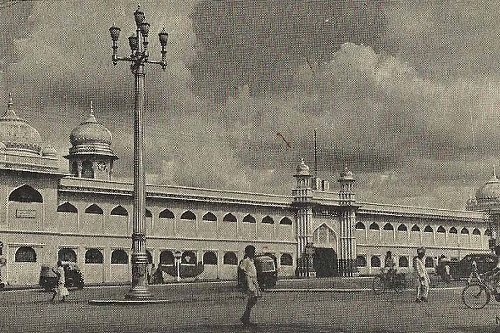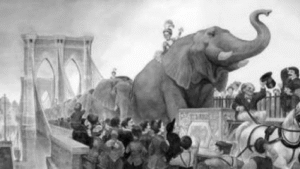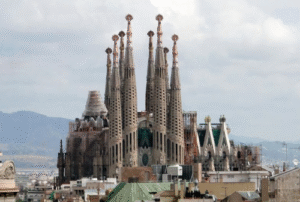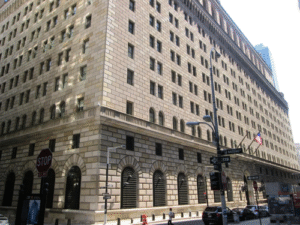The city of Bengaluru (then Bangalore) holds a unique place in history as the first city in all of Asia to install electric street lighting. This pioneering moment occurred on the evening of August 5, 1905, ushering in a new era of modernization for the continent.
On that historic day, the streets around Siddikatte (now known as K.R. Market) were illuminated as a member of the Viceroy’s Council, Sir John Hewett, officially flicked the switch. A curious and awe-struck crowd gathered to witness the transformation from the old, soot-covered kerosene lamps to the clean, bright glow of electricity.
- Pioneering Power Source: The breakthrough was made possible by the hydroelectric power generated nearly 150 km away at the Cauvery Falls, Shivanasamudra. The power plant, initially set up in 1902 to supply the Kolar Gold Fields (KGF), had a surplus, which the then-Maharaja of Mysore, Nalwadi Krishnaraja Wadiyar, chose to divert to the capital city for public use.
- The Project: The initial phase saw over 100 electric lamps installed at prominent locations. Within a year, the city expanded the scheme significantly, adding both streetlights and domestic connections.
The installation of the first street lights was a landmark achievement for India and the Mysore state, symbolizing a forward-thinking administration. The event cemented the city’s reputation as a hub for technology and innovation—a legacy that continues today as modern-day Bengaluru is known globally as the “Silicon Valley of India.”
While the old kerosene lamps were eventually phased out, the original cast iron lamp posts stood as historical markers, with two of the antique poles reportedly preserved inside the BBMP (city corporation) head office premises.







